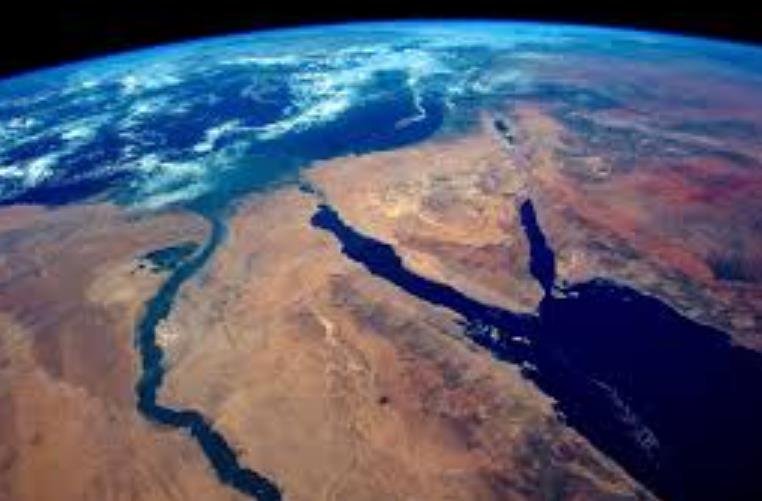Dr. Sherif Sedky, CEO of the Egyptian Space Agency, has announced significant progress on the African Development Satellite (AfDevSat), a collaborative project involving multiple African nations. This satellite, designed to study climate change, is on track for launch by the end of the year. The project, which includes contributions from Egypt, Ghana, Kenya, Nigeria, Sudan, and Uganda, aims to enhance Africa’s capabilities in space exploration and environmental monitoring. Dr. Sedky also highlighted other initiatives, including a remote-sensing camera for the International Space Station (ISS) and the SPINX project, further solidifying Egypt’s role in the global space community.

Collaborative Efforts in Satellite Development
The AfDevSat project is a testament to the power of collaboration among African nations. Each participating country is responsible for specific subsystems of the satellite, with Egypt leading the design, assembly, integration, testing, and launch. This collaborative approach not only leverages the strengths of each nation but also fosters a sense of unity and shared purpose. Representatives from the involved countries have undergone extensive training at the Egyptian Space Agency, ensuring they are well-prepared to contribute effectively to the project.
The satellite’s primary mission is to study climate change across Africa. By collecting and analyzing data on environmental conditions, AfDevSat will provide valuable insights that can inform policy decisions and support sustainable development. This initiative underscores the importance of regional cooperation in addressing global challenges and highlights Africa’s growing capabilities in space technology.
Dr. Sedky emphasized the significance of this project for the continent, noting that it represents a major step forward in Africa’s space exploration efforts. The successful launch and operation of AfDevSat will demonstrate the potential of African nations to contribute to global scientific and technological advancements. This project also sets a precedent for future collaborations, paving the way for more ambitious initiatives in the years to come.
Advancing Space Technology with ISS Collaboration
In addition to AfDevSat, the Egyptian Space Agency is involved in another groundbreaking project: the installation of a remote-sensing camera on the International Space Station (ISS). This initiative, supported by the United Nations Office for Outer Space Affairs (UNOOSA) and in partnership with Airbus, involves collaboration between Egypt, Kenya, and Uganda. The camera will be designed, assembled, and tested entirely in Egypt before being deployed on the ISS.
This project aims to enhance Egypt’s contributions to space exploration and provide valuable data for environmental monitoring. The remote-sensing camera will capture high-resolution images of the Earth’s surface, which can be used for various applications, including disaster management, agricultural planning, and urban development. By participating in this international collaboration, Egypt is positioning itself as a key player in the global space community.
Dr. Sedky highlighted the importance of this project for Egypt’s space program, noting that it will help build the country’s technical expertise and strengthen its international partnerships. The successful deployment of the camera on the ISS will be a significant achievement for the Egyptian Space Agency and a testament to the country’s growing capabilities in space technology. This project also demonstrates the potential for African nations to contribute to global scientific endeavors and underscores the value of international cooperation in advancing space exploration.
Future Prospects and Challenges
Looking ahead, the Egyptian Space Agency has several ambitious projects in the pipeline. One of the most notable is the SPINX project, funded by the Academy of Scientific Research. This satellite, dedicated to studying climate change, is scheduled for launch by the end of 2024. The SPINX project represents another significant step forward for Egypt’s space program and highlights the country’s commitment to addressing global environmental challenges.
However, these ambitious projects also come with challenges. Ensuring the successful launch and operation of AfDevSat, the ISS remote-sensing camera, and the SPINX satellite requires careful planning, coordination, and execution. The Egyptian Space Agency must navigate technical, logistical, and financial hurdles to achieve its goals. Additionally, maintaining strong international partnerships and securing ongoing support from stakeholders will be crucial for the success of these initiatives.
Dr. Sedky remains optimistic about the future of Egypt’s space program, emphasizing the importance of continued investment in research and development. He believes that these projects will not only enhance Egypt’s capabilities in space technology but also contribute to global scientific knowledge and address pressing environmental issues. As the Egyptian Space Agency continues to advance its ambitious agenda, it is poised to play a leading role in the global space community.
